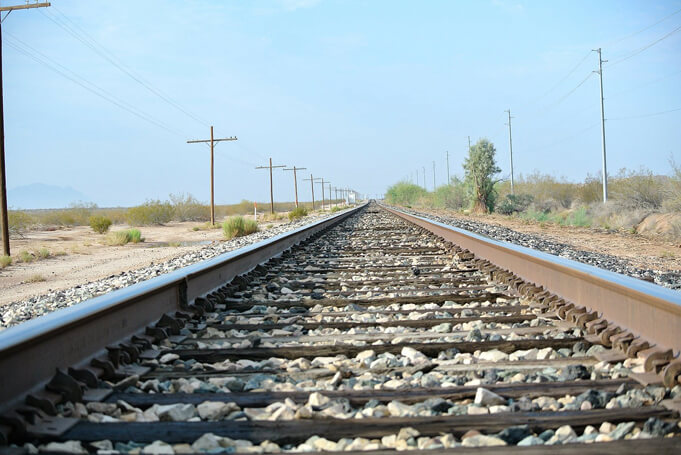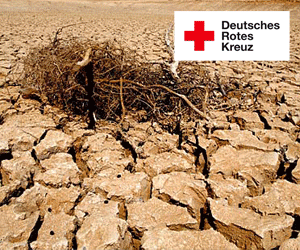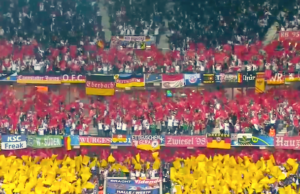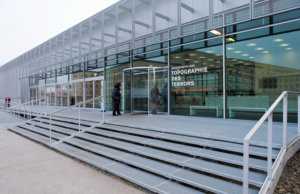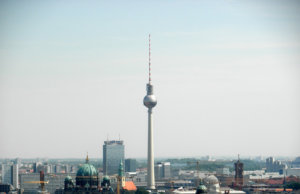“Made in China”. I bet you can find more items in your home that have this phrase on it than one could count.
In the 2000s logistics companies and planners looked to streamline delivery from China to Europe through the beta testing of various rail routes. It wasn’t until 2012 that a regular weekly service between Chongqing and Duisburg, Germany began running.
Rapid expansion led to chaos and intense competition
The following year, Chinese President Xi Jinping announced a new policy, now called the “Belt” and “Road that would pump the century old “silk road” with billions of dollars in investment. The New Silk Road, as it’s called today, comprises the network from Asia to Europe, which encompasses the trade routes, logistics hubs and economic zones. With such intense investment, trans-Eurasian rail transport blossomed. These rail routes are now key links between many of the country that find themselves in the middle of the Road, also leading to closer diplomatic and economic ties.
In just a few years, more cities in China hopped on the train – both metaphorically and physically. While the initial routes started out with two zones – the high-tech areas of Chongqing and Chengdu – the network quickly grew to incorporate 39 routes, connecting dozens of cities in Europe and China. As the system stands now, individual cities have enormous autonomy along the network. They are competing with neighbors, and in general the system is unorganized and service is suffering.
Solution: powering down major stops along the way
During the past year, an effort to establish a better organization within the network, the Chinese government has been stepping in and establishing control. Their first move was to set up the China Railway Express. Next, they recently announced that the as part of a five-year plan to improve the service of the network as a whole, the dozens of routes working today will be narrowed down to just three.
The solution will mean fewer stops, but better organization. For example, major transshipment hubs will now be linked to secondary and tertiary ones. While currently trains will travel the entire route from China to Europe, now they will be broke down in hubs where their containers could be shipped to various locations throughout Eurasia.
This allows for increased efficiency and consolidation of goods.
Now, it takes just about two weeks for trains to travel from China to Europe. Most cities within the network only ship goods weekly or bi-weekly, meaning goods may sit idle for an extended period of time. By breaking down the network into multiple-tiered hubs, goods can be shipped at virtually any time, from any departure location.

